We Build The LEGO Pretty Pink Flower Bouquet, A Perfect Valentine's Day Surprise
It's almost Valentine's Day. And if there's a special someone in your life, you could go the traditional route – buy a box of candy and a bouquet of flowers. Or, if you're looking for a gift that's a little more outside the box, consider this LEGO set: a Pretty Pink Flower Bouquet that reqauires no watering to keep it fresh – just the time to put it together and a vase to prop it up in. The Bouquet is part of the larger Botanical Collection, which launched as part of LEGO's lifestyle rebranding in 2021. The company has found new ways to integrate their sets into people's living spaces, as its popularity among adults has increased. So now, instead of condemning sets to storage shelves or negotiating where to put them on a limited number of desks or tables, an adult LEGO fan can hang them on the wall. Or, in the case of the flowers and plants in the Botanical Collection, place them on window sills or use them as centerpieces. The Pretty Pink Flower Bouquet is divided into six bags, with an extra seventh bag of long rods to use as flower stems. There are no stickers or printed tiles. The set comes with a printed instruction booklet. For several years, LEGO has actively encouraged builders – especially on these sorts of crossover sets – to go online and look at the digital instructions, which allow you to rotate the builds and zoom in on them. So if you're relatively new to adult LEGO, or you're hesitant about buying this for a Valentine's Day gift on account of its complexity, know that the digital option exists to make this hobby more accessible.Each bag corresponds to different flowers. The ones included in this build are as follows: daisies, cornflowers, eucalyptus, elderflowers, roses, ranunculus, cymbidium orchids, a waterlily dahlia, and a campanula. The instruction booklet alternates its instructions with single paragraph descriptions of each flower (in English, French, and Spanish), so you can learn a little bit about each one before you build it. Here's the description for Cymbidium, more commonly known as a boat orchid:"Cymbidium orchids are documented in records from Confucius' time, around 500 BCE, making them the oldest known cultivated orchid species."And here is the description for Dahlia nymphaea, more commonly known as the waterlily dahlia: "Symbols of elegance and grace, the decorative waterlily dahlia blossoms unfold like a luxurious firework display."When most people think of LEGO, they think of the binding tube mechanisms beneath each brick, which causes them to 'stick' together. By contrast, the flowers are largely built on hinges– one piece clamps to another at a single connection point, to create the impression of a petal extending outward from the flower's center. Sometimes, you layer these petals, alternating between high and low, and sometimes, you tilt these petals at angles to one another to create a cumulative impression. I used building techniques on this set that I had never used before, which is always a treat for someone who's loved LEGO as long as I have.I used building techniques on this set that I had never used before.I'll give you a couple of examples. To create the rose's signature appearance, I had to fold the petals upward in an overlapping pattern. But this required forethought – to anchor the petals in a staggered fashion, so when they folded up, they would not occupy the same space. Figuring out the right spacing required some trial and error, in a building medium that typically prizes precision and exactness.There are also other potential pitfalls. If you place one petal forwards instead of backwards, it creates a compound chain reaction. Several steps from that point, the flower won't line up properly, and you'll have to go back and redo it. This happened to me at least twice and can be frustrating, so be attentive. The orientation of each petal is as crucial as its spacing. Usually, whether it's a car, or a spaceship, or a building of some sort, a traditional LEGO build begins by building the foundation and underlying support structures. Only then does it switch focus to the details: the curved accessories, the colored plating, and the stickered/printed tiles that give a build its character and personality.But the Pretty Pink Flower Bouquet has no underlying structure or foundation. It is a self evident, 'what-you-see-is-what-you-get' sort of deal. And whereas a traditional build's pieces are either structural or aesthetic, the Bouquet's pieces are almost entirely aesthetic, and thus, the final build is extremely fragile. It is not for play; it is for looking at, and you look with your eyes, not with your hands. This is LEGO design at its most impractical – but that's not a negative. The prettiness, which would not be possible any other way, is well worth the tradeoff. LEGO Pretty Pink Flower Bouquet, Set #10342, retails for $59.99, and it is composed of 749 pieces. It's available now at Amazon and LEGO Store.More LEGO Flower SetsFor more, check out our picks for


It's almost Valentine's Day. And if there's a special someone in your life, you could go the traditional route – buy a box of candy and a bouquet of flowers. Or, if you're looking for a gift that's a little more outside the box, consider this LEGO set: a Pretty Pink Flower Bouquet that reqauires no watering to keep it fresh – just the time to put it together and a vase to prop it up in. The Bouquet is part of the larger Botanical Collection, which launched as part of LEGO's lifestyle rebranding in 2021. The company has found new ways to integrate their sets into people's living spaces, as its popularity among adults has increased. So now, instead of condemning sets to storage shelves or negotiating where to put them on a limited number of desks or tables, an adult LEGO fan can hang them on the wall. Or, in the case of the flowers and plants in the Botanical Collection, place them on window sills or use them as centerpieces. The Pretty Pink Flower Bouquet is divided into six bags, with an extra seventh bag of long rods to use as flower stems. There are no stickers or printed tiles. The set comes with a printed instruction booklet. For several years, LEGO has actively encouraged builders – especially on these sorts of crossover sets – to go online and look at the digital instructions, which allow you to rotate the builds and zoom in on them. So if you're relatively new to adult LEGO, or you're hesitant about buying this for a Valentine's Day gift on account of its complexity, know that the digital option exists to make this hobby more accessible. Each bag corresponds to different flowers. The ones included in this build are as follows: daisies, cornflowers, eucalyptus, elderflowers, roses, ranunculus, cymbidium orchids, a waterlily dahlia, and a campanula. The instruction booklet alternates its instructions with single paragraph descriptions of each flower (in English, French, and Spanish), so you can learn a little bit about each one before you build it. Here's the description for Cymbidium, more commonly known as a boat orchid: "Cymbidium orchids are documented in records from Confucius' time, around 500 BCE, making them the oldest known cultivated orchid species." And here is the description for Dahlia nymphaea, more commonly known as the waterlily dahlia: "Symbols of elegance and grace, the decorative waterlily dahlia blossoms unfold like a luxurious firework display." When most people think of LEGO, they think of the binding tube mechanisms beneath each brick, which causes them to 'stick' together. By contrast, the flowers are largely built on hinges– one piece clamps to another at a single connection point, to create the impression of a petal extending outward from the flower's center. Sometimes, you layer these petals, alternating between high and low, and sometimes, you tilt these petals at angles to one another to create a cumulative impression. I used building techniques on this set that I had never used before, which is always a treat for someone who's loved LEGO as long as I have. I'll give you a couple of examples. To create the rose's signature appearance, I had to fold the petals upward in an overlapping pattern. But this required forethought – to anchor the petals in a staggered fashion, so when they folded up, they would not occupy the same space. Figuring out the right spacing required some trial and error, in a building medium that typically prizes precision and exactness. There are also other potential pitfalls. If you place one petal forwards instead of backwards, it creates a compound chain reaction. Several steps from that point, the flower won't line up properly, and you'll have to go back and redo it. This happened to me at least twice and can be frustrating, so be attentive. The orientation of each petal is as crucial as its spacing. Usually, whether it's a car, or a spaceship, or a building of some sort, a traditional LEGO build begins by building the foundation and underlying support structures. Only then does it switch focus to the details: the curved accessories, the colored plating, and the stickered/printed tiles that give a build its character and personality. But the Pretty Pink Flower Bouquet has no underlying structure or foundation. It is a self evident, 'what-you-see-is-what-you-get' sort of deal. And whereas a traditional build's pieces are either structural or aesthetic, the Bouquet's pieces are almost entirely aesthetic, and thus, the final build is extremely fragile. It is not for play; it is for looking at, and you look with your eyes, not with your hands. This is LEGO design at its most impractical – but that's not a negative. The prettiness, which would not be possible any other way, is well worth the tradeoff. LEGO Pretty Pink Flower Bouquet, Set #10342, retails for $59.99, and it is composed of 749 pieces. It's available now at Amazon and LEGO Store. For more, check out our picks for the best Harry Potter LEGO sets, as well as the best LEGO sets for kids. And if you're buying for someone older, check out the best LEGO sets for adults as well. Kevin Wong is a contributing freelancer for IGN, specializing in LEGO. He's also been published in Complex, Engadget, Gamespot, Kotaku, and more. Follow him on Twitter at @kevinjameswong.




More LEGO Flower Sets
What's Your Reaction?









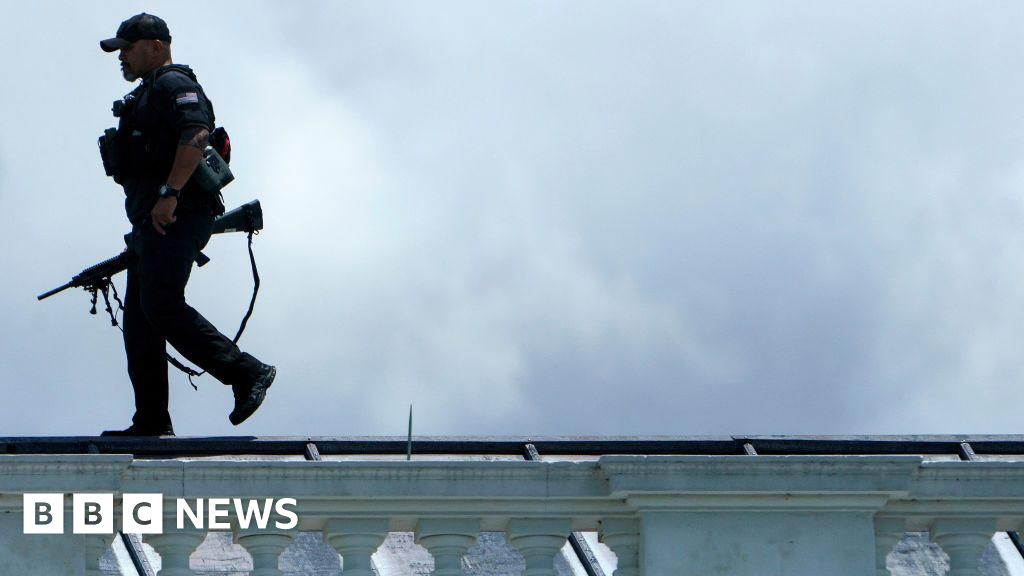












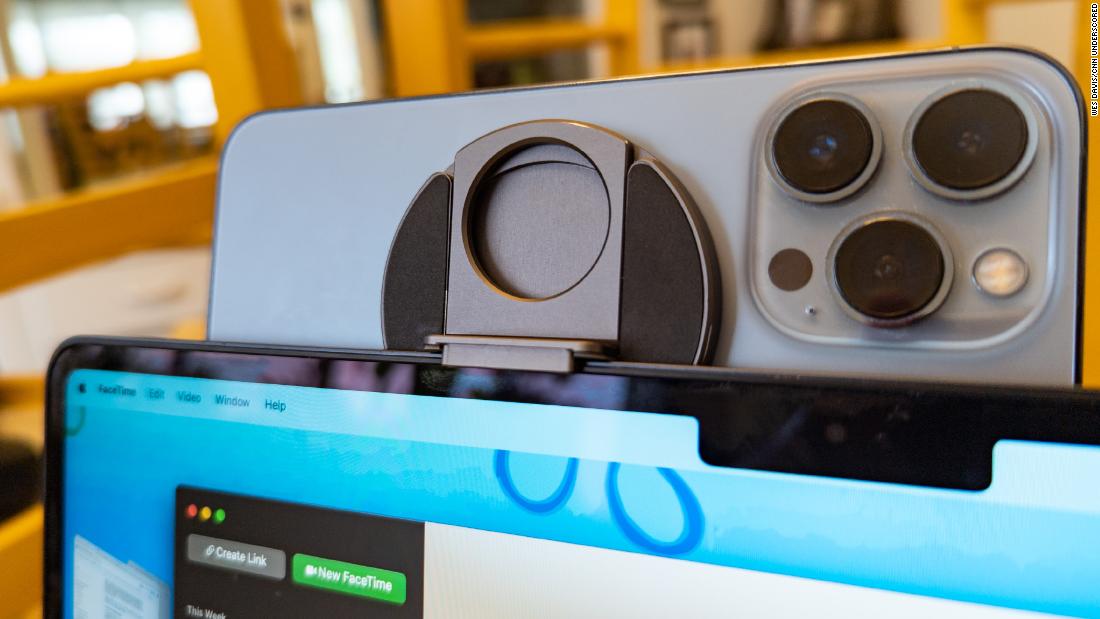
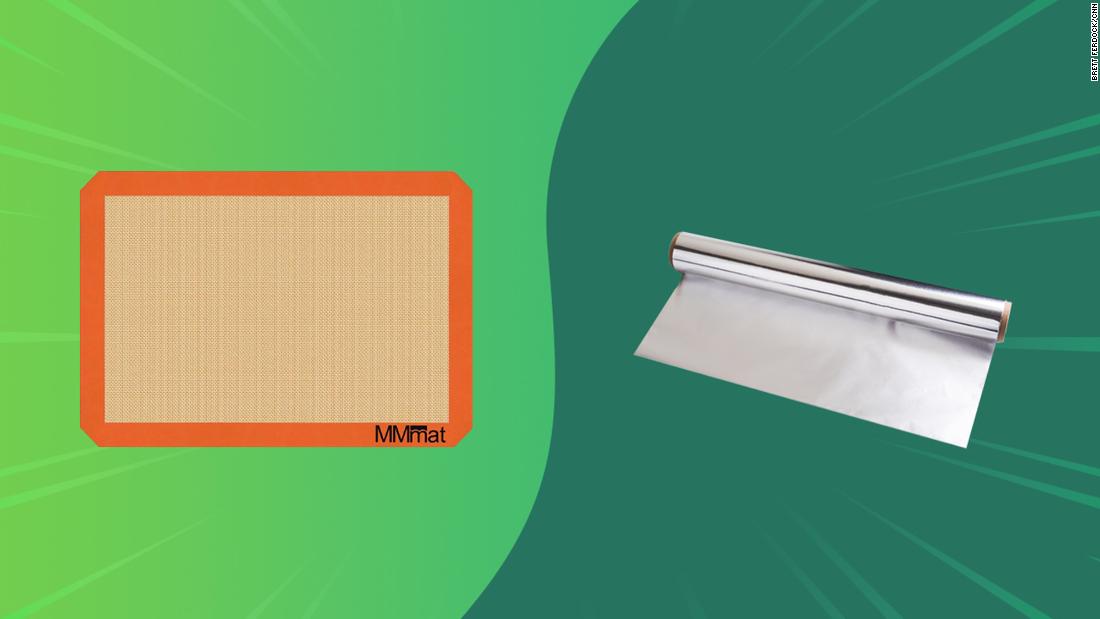
























































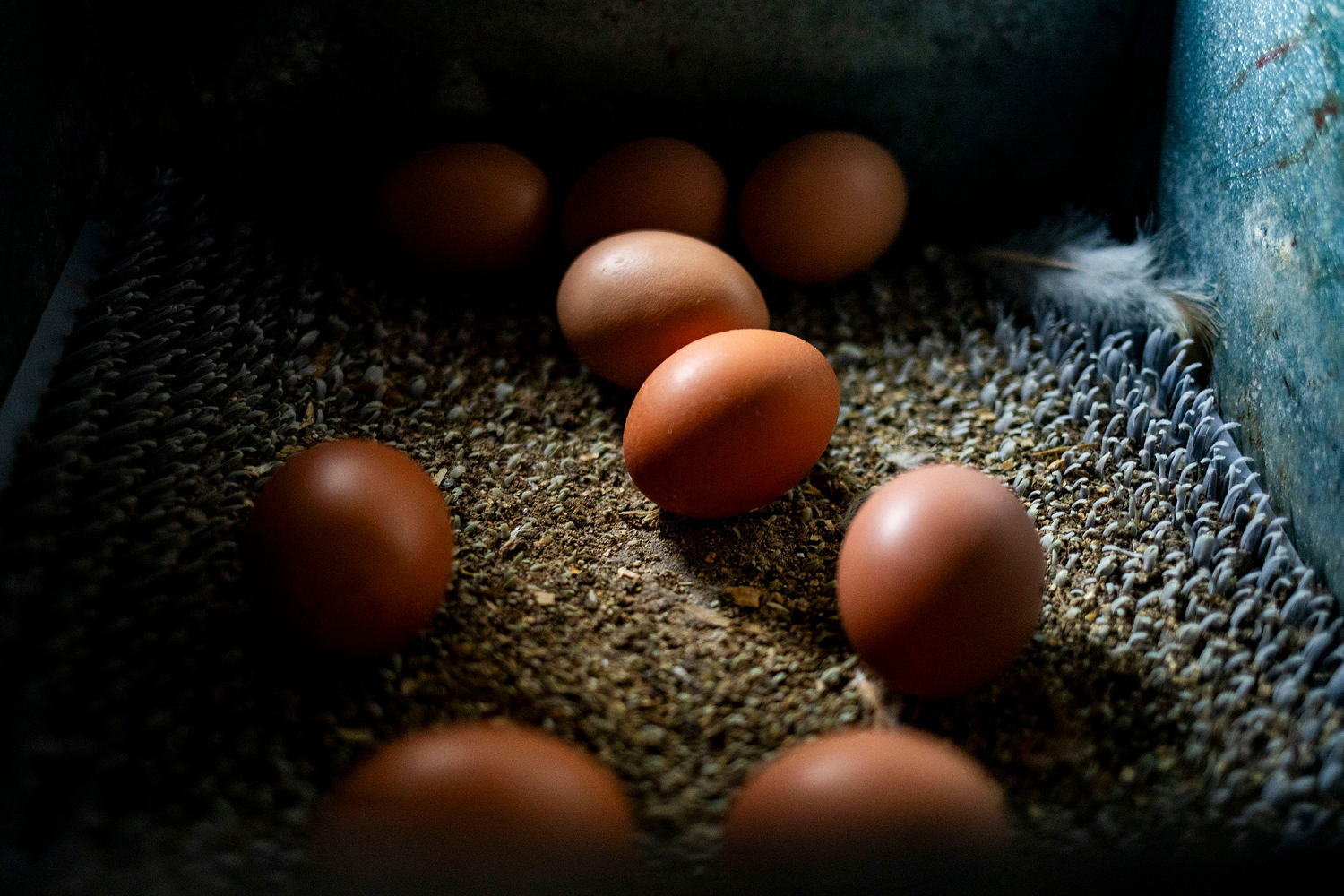



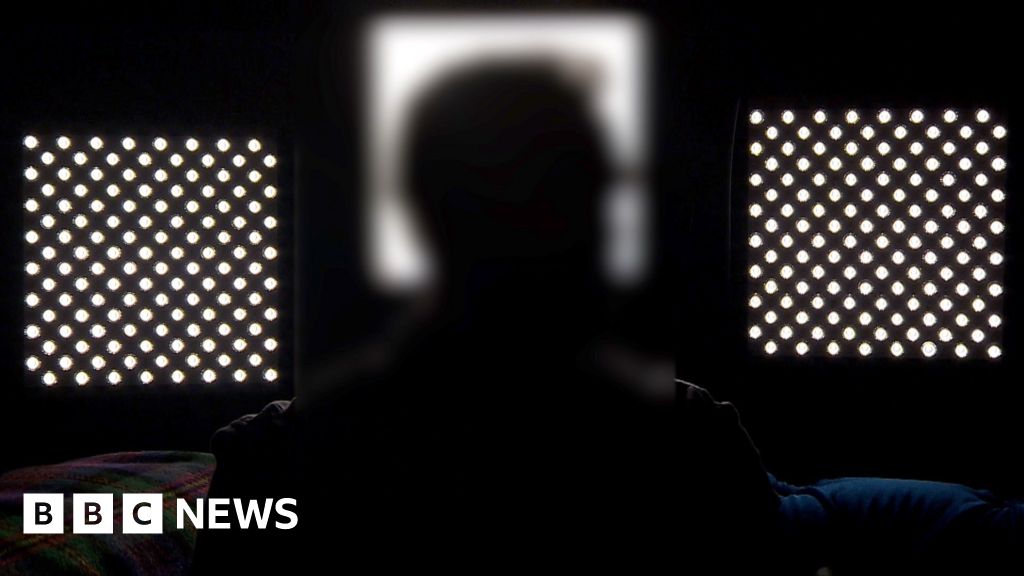




































.gif)